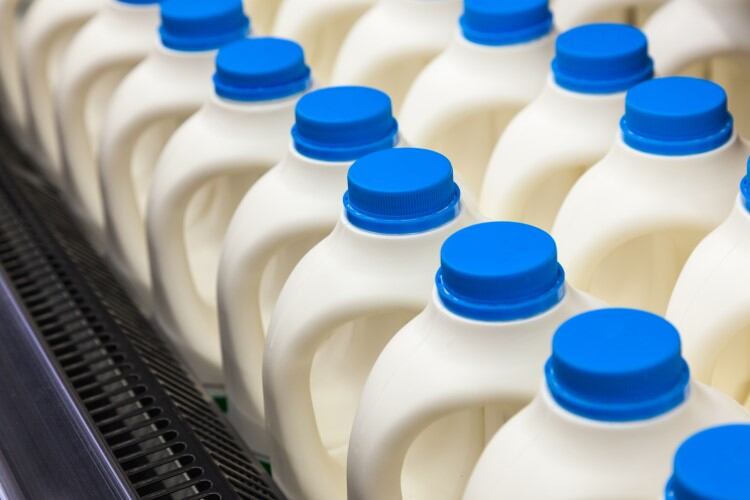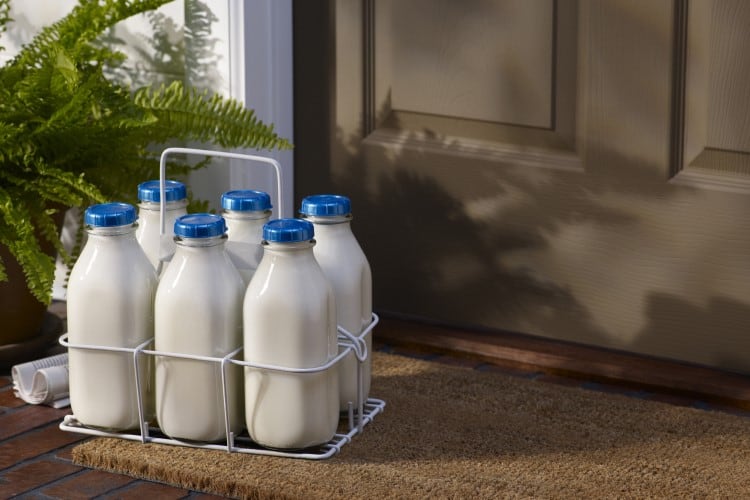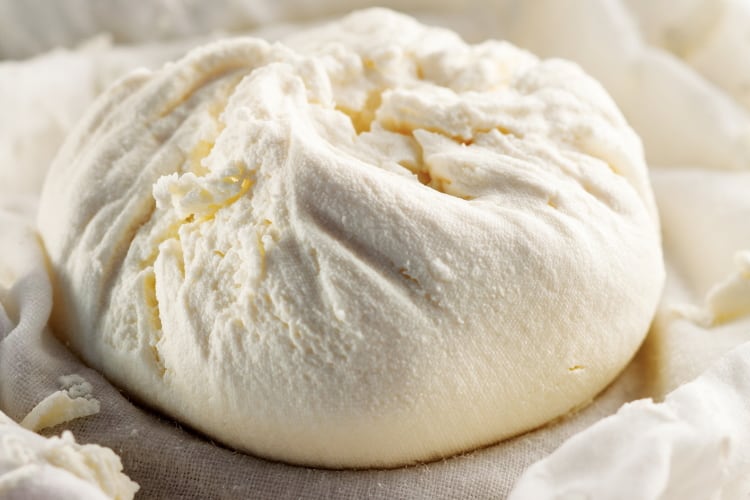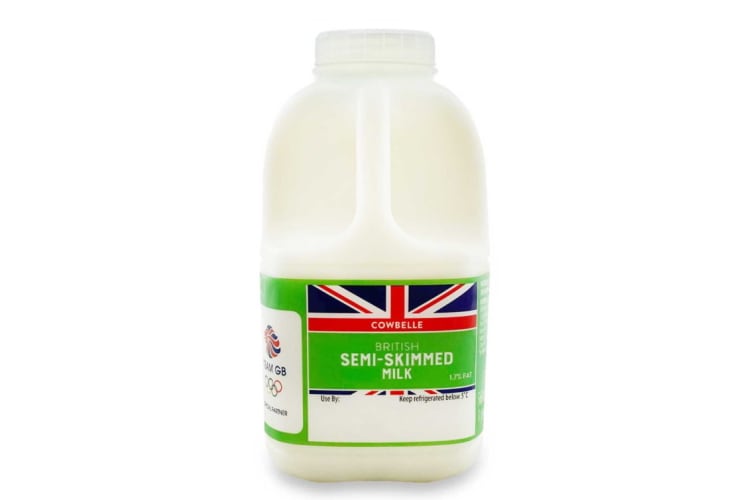It’s common knowledge that milk’s nutritional and sensory properties can be affected by the container type it is stored in. Glass bottles are known to retain flavor; plastics like PET (polyethylene terephthalate) and HDPE (high-density polyethylene) have strong barrier properties and are recyclable; and cardboard containers are good at blocking light.
But when it comes to taste and chemical properties, different packaging types have their own distinct influence on fluid milk.
To determine how packaging materials affect milk’s sensory and chemical properties, researchers led by MaryAnne Drake, director of the Southeast Dairy Foods Research Center at the North Carolina State University, carried out a trial.
They poured pasteurized whole and skim milk into six types of packaging - amber glass, LDPE (low-density polyethylene), HDPE, PET, LLDPE (linear low-density polyethylene) and paperboard carton - and completed a sensory properties and volatile compound analysis, first at the time of the initial processing and again on days five, 10 and 15. All samples were stored at 4°C in total darkness. On day 10, 50 consumers were asked to sample the milks and record what differences in taste and smell they found.
From paper taste to styrene concentrations
The study showed that there were distinct flavor differences across all packaging types for both whole and skimmed milk, though skimmed milk appeared to be more susceptible to off-flavors than whole. Meanwhile, cardboard and LLDPE (plastic pouches) were least capable of preserving milk freshness.
Milks packaged in cardboard boxes or plastic pouches had ‘lower cooked and sweet aromatic flavors with storage time and distinct refrigerator/stale flavor’ compared to milks stored in PET, HDPE and LDPE containers. Cardboard-packaged milk also had a stronger ‘paper taste’ within hours of packaging, with similar result for LLDPE-packaged milk, which had ‘refrigerator taste’ on day 0.
Chemical transfer was also more apparent in milk packaged in cartons and in plastic bags. According to the findings, those milks had higher concentrations of packaging/refrigerator taint volatile compounds such as styrene, compared to milks filled into LDPE, HDPE, PET or glass. “The more permeable barriers of paperboard cartons and LLDPE may be the cause of increased concentrations of styrene and acetophenone, which migrate into the milk from the refrigeration environment,” the authors explained in the paper.
When it came to the consumer trials, the participants detected differences between milk filled into cartons and glass, but couldn’t detect differences between PET and glass, or HDPE and glass. Skim and whole milks filled into PET, HDPE and glass were found to be similar in flavor profile.
New alternatives?
According to the USDA, HDPE and PET make up more than 85% of fluid milk packaging sales in the US, while paperboard cartons account for around 14%. But cartons are the most prevalent packaging type for school meal programs in the country, prompting questions whether new packaging types should be introduced to counter the potentially negative perceptions about milk among children.
“Our findings suggest that industry and policymakers should seek new package alternatives for school meal fluid milk,” the authors noted. “The consequences of using fluid milk packaging that contributes significant off-flavors, over time, may affect how young children, and those children as adults, perceive fluid milk.”
Source:
The role of packaging on the flavor of fluid milk
M.A. Drake, et al
Published: 7 November 2022
DOI: 10.3168/jds.2022-22060




